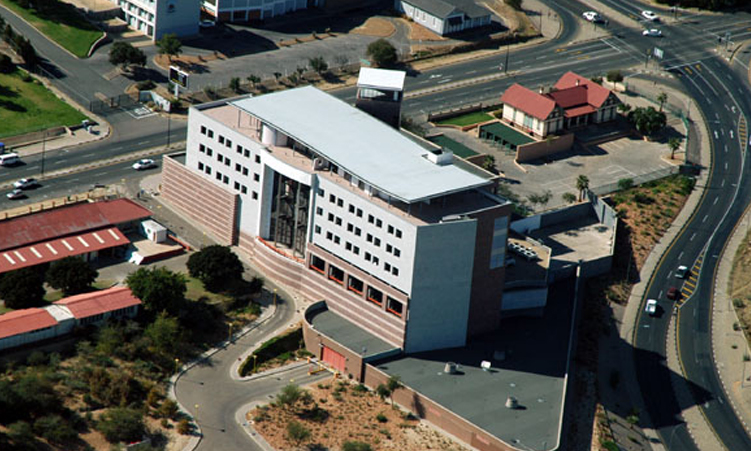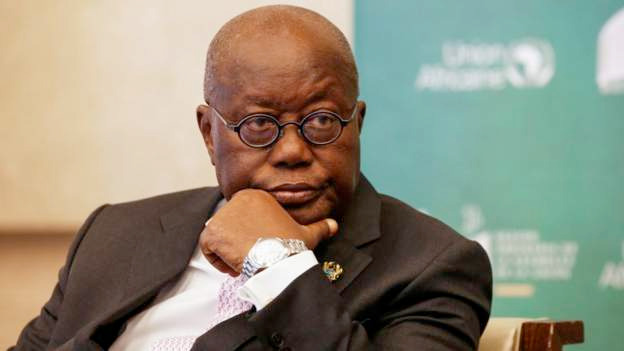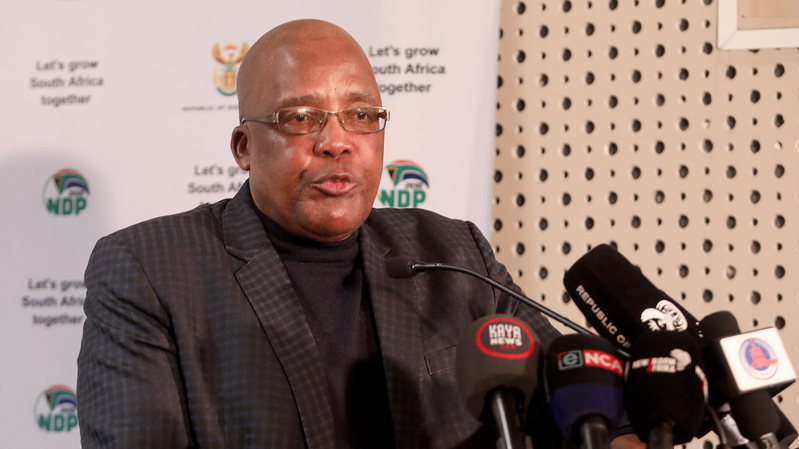The government this year intends to borrow over 70% of its N$10,08 billion funding requirement from the domestic market, which will largely be sourced from pension funds and the banking industry.
Over the past years, pension funds have dominated lending to the state on the bonds’ side, while banks have largely played king in the treasury bills arena.
The Bank of Namibia late last week released the borrowing calendar and strategy for the country for the 2023/24 fiscal year, which shows that the year’s funding requirement will be sourced through a combination of domestic market funding (N$7,37 billion) through different debt instruments covering the short, medium and long term.
The remainder (N$2,70 billion) will be financed by external borrowing through external lenders.
The 2023/24 fiscal strategy estimated a budget deficit balance of N$9,1 billion, which is further expanded by N$937 million.
A total of N$7,4 billion will be sourced from the domestic market and distributed among the three local instruments, for which treasury bills is allocated N$1,5 billion (21%), fixed-income bonds N$4,7 billion (64%) and N$1,1 billion on inflation-linked bonds (15%).
The state has resolved that no new instruments or maturities will be introduced in the domestic market for the first six-months of the fiscal year, and borrowing will be on old instruments.
After the six months, there will be an assessment made to determine whether there is a need for new types of instruments and or new maturities in the domestic market.
According to the strategy, the N$4,74 billion fixed rate bonds expected inflow have been spread across the various bonds, given the demand and outstanding balances, and were determined in accordance with the trade-off between addressing roll-over risk and the potential magnitude of under-subscriptions.
Given the high outstanding amounts and the concentration of debt maturities in the period between 2023-2025, the GC24, GC25,27 and GC30 bonds will continue to be off-the-run except for the GC27 and GC30 that will be reopened during switch auctions, and/or during “special auctions”.
To manage the roll-over risk, the state has also decided to more than half treasury bill issuances from the average of N$550 million observed in prior years, to an average of around N$250 million per instrument.
This, however, does not mean the value will change overall.
“For the 2023/24 fiscal year, the plan will introduce smaller and more frequent treasury bills’ auctions, where all four tenors will be issued at the same time,” reads the strategy.
On the inflation-linked bonds, the borrowing plan will maintain the existing bonds available to the market, of which the GC25 will remain off-the-run.
The state has been scooping up much available cash, and has again indicated that “the Bank of Namibia as agent for government through the Ministry of Finance and Public Enterprises reserves the right to allot more or less than the amount on offer, reject any tender and/or make partial allotments in respect of tenders as deemed appropriate,” reads the strategy.
On external financing, external borrowing of N$2,7 billion will be sourced from the development financial institutions – N$1,2 billion will be sourced from the African Development Bank (AfDB) for ongoing infrastructure projects.
Additionally, on a bilateral arrangement, the government of Namibia has negotiated for a funding arrangement with the Government of the Federal Republic of Germany, through Kreditanstalt für Wiederaufbau (KfW) for N$1,5 billion.
The government co-funded projects with KFW and AfDB will continue to be implemented during the 2023/24 financial year and beyond.
Email: lazarus@namibian.com.na
Twitter: @Lasarus_A
Stay informed with The Namibian – your source for credible journalism. Get in-depth reporting and opinions for
only N$85 a month. Invest in journalism, invest in democracy –
Subscribe Now!






